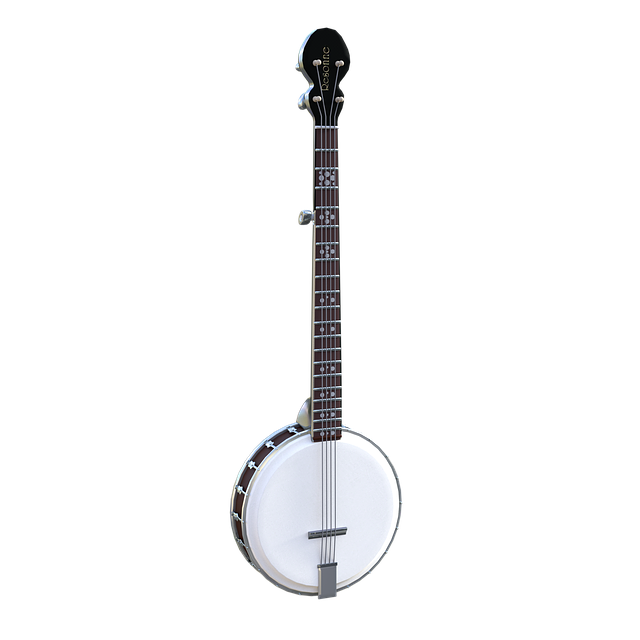
Before buying a banjo as a beginner, it is essential to have a piece of knowledge about musical instruments and what you are buying. Below are the three significant design aspects of the best beginner Banjo.
The Banjo Rim
The rim in the Banjo is made with a vibrant and resonant material to create a musical tone; as we know, the rim is the heart and soul of a banjo’s sound. Even the best violins in the world are made from maple woods, and it’s similar to Banjo also. The string of the vibrating Banjo transfer their sound to its bridge, which then vibrates the banjo head, and this starts the maple rim vibrating.
The rim keeps the sound vibrating because the rim’s mass is greater than the head of Banjo’s bridge. Banjo’s vibrating qualities inherent from the tone-wood like maple, mahogany, rosewood, ebony, etc. or the tone metal like bronze, brass, or steel to create a more pure and focused tone. Mushy wood or soft aluminum creates a distorted or diffused sound in Banjo.
The banjo company in the US makes every piece of Banjo with violin maple to capture the same musical brilliance heard in the world’s best violins.
Imported banjo rims made from soft aluminum or softwood can’t make a beautiful resonant out of them. Therefore, an excellent sounding banjo isn’t possible to make with cheap quality aluminum or softwood.
The Banjo Neck
The shape of a Banjo’s neck is crucial because the contour or form is what separates a low banjo from a great one. Most banjos have a “D-shaped” neck. The “D” refers to a cross-sectional shape similar to the capital letter “D.” However, this shape only works when the proper attention is given in detail in the form of its neck applied by the craftsman who makes it. Poorly shaped necks make the player “strain to reach” the frets during playing.
However, cheap or import banjo can’t attain this level of comfort. Mostly a new banjo student face this problem when the banjo frets placed poorly. When the frets are not placed correctly, the Banjo will never play in tune. The best beginner’s Banjo has a properly seasoned maple neck, which is rigid and stable. This hard maple wood contributes to the brightness, clarity, and longevity of the best beginners banjo. Also, note that import banjos today look more expensive but the actual hands on quality can never equal the work of a dedicated banjo craftsman from any period.
The Banjo Hardware
A good banjo has a musically scientific reason for every part and every detail of the Banjo. The tailpiece in the Banjo is made of metal alloy to keep “quiet.” “Quiet” means the metal won’t vibrate with the tone of its own. However, some banjo companies use a brass or bronze tailpiece, but the fact is, if the tailpiece is made from brass or bronze, it vibrates with a definite pitch and adds the sound of its own that can’t blend with the vibrating rim.
On the mechanical side, the cheap or import banjos are plagued by breaking j-bolts, breaking tailpieces, non-functioning coordinator rods, and truss rod, which makes the player uncomfortable while playing the instrument.
The Best Beginners Banjo
While you are in the learning stage to play the Banjo, it is virtually impossible to know Banjo’s technical difficulties while buying it. As a beginner, you don’t have the experience of purchasing the best beginners banjo for yourself. However, if you are fortunate enough to have a good teacher who may guide you through buying a new banjo and informing you about the technical difficulties you may have in the Banjo.
I hope this article will help every new Banjo enthusiastic about buying the best beginner’s Banjo. Think carefully before investing your hard-earned money in a good banjo. Try to listen carefully, and I am sure your fingers will thank you and so so will your music lover friends.


 Posted in
Posted in